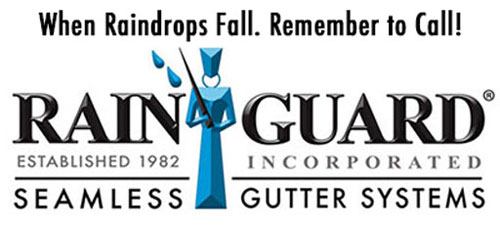French Drains
French Drains By Rain Guard
Does your yard harbor excess water during a rainstorm? A French Drain is a popular landscaping technique that can provide many benefits to homeowners and property managers. Essentially, a French Drain is a trench that is filled with gravel and a perforated pipe, which is then covered with additional gravel or soil. When installed correctly, a French Drain Installation can redirect excess water away from your property, preventing water damage and erosion. This drainage system can also help to prevent standing water, which can attract insects and cause unpleasant odors. Additionally, French Drains can be a more environmentally friendly alternative to traditional stormwater management systems, as they allow water to seep back into the ground rather than being directed into the sewer system. Rain Guard can professionally install a French Drain making it a worthwhile investment for those looking to prevent water damage.
When is a French Drain Needed?
Understanding the appropriate use of a French Drain is crucial when deciding if it’s the right solution for your yard. A French Drain is essentially a “catch basin” for your excess water. If you are experiencing standing water in your yard or a build up of water near the foundation of your home, then a French Drain might be for you.
Having a French Drain Installation is highly effective for addressing the issue of soggy ground over a large area. For instance, if your property experiences water logging due to heavy rainfall, installing a French Drain to divert the excess water away from your foundation can be a wise choice. The result is that your lawn and plants won’t be overwater and standing water can be moved off of your property.
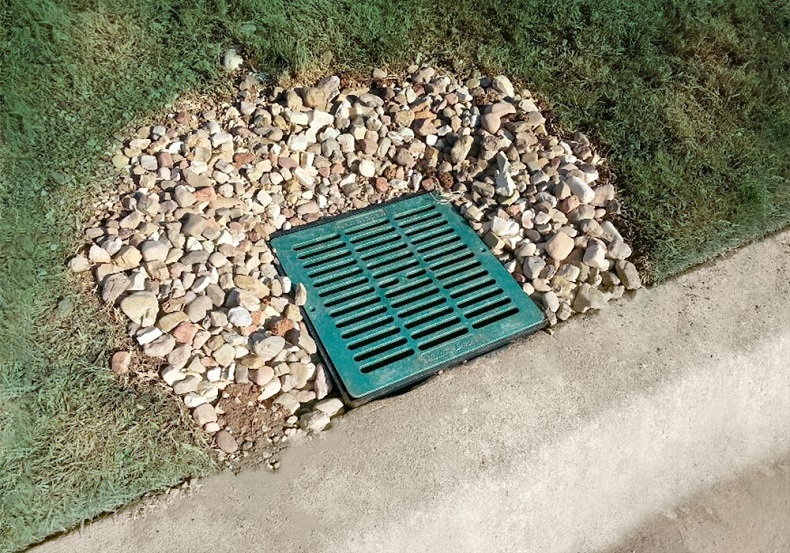
Where Should You Put a French Drain?
- Alongside a driveway or paved surface to prevent heaving
- Near structures like sheds or garages where water gathers
- On hillsides or areas of higher elevation to direct runoff water away
Styles of French Drains
French Drains are an effective yard drain for managing water runoff and protecting your property from damage. Understanding the different types of drainage solutions available can help you choose the right one for your property. Whether you choose a surface, blind, or trench French Drain, we recommend reaching out to a specialist at Rain Guard who can advise on the best course of action.
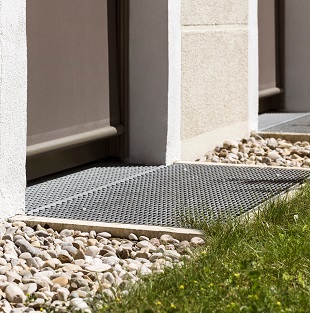
Surface French Drains
Surface French Drains are installed at ground level and consist of perforated pipes that collect and redirect surface water away from the property. They are commonly used in conjunction with landscaping features like swales or berms to create a natural yard drain. Surface French Drains can be effective at preventing water from pooling in low-lying areas and are ideal for areas where surface water is the primary concern.
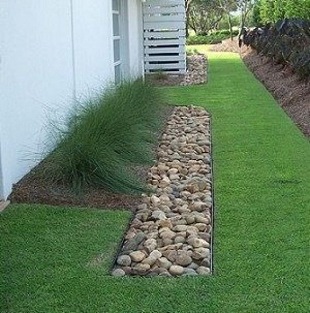
Blind French Drains
Blind French Drains are installed underground and are designed to collect and redirect groundwater, without being visible. They do not have any perforations or grates, making them ideal for areas where water needs to be collected and redirected without being visible. Blind French Drains can be effective at preventing water from seeping into basements or crawl spaces and are often used in conjunction with other drainage systems to create an integrated drainage solution.
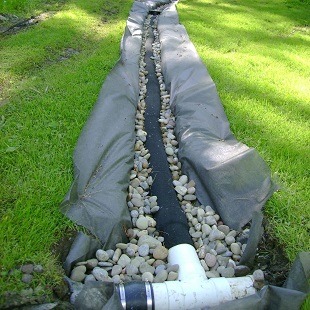
Trench French Drains
Trench French Drains are a combination of surface and blind French Drains. They are installed underground with perforated drainage pipes, but they also have a grate on top to collect water at the surface. Trench French Drains are commonly used in areas where both surface water and groundwater are present. They are often used in conjunction with landscaping features like catch basins to create an integrated drainage system that effectively manages water runoff.
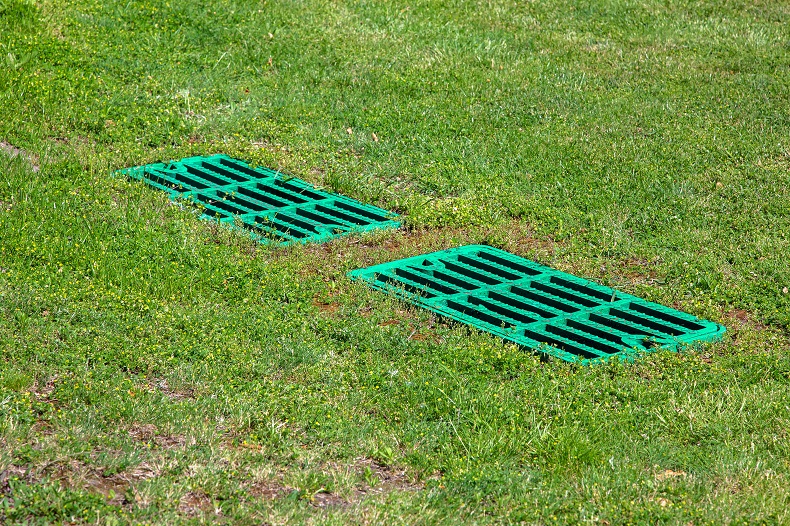
French Drain Vs. A Catch Basin
French Drains and catch basins are both common drainage solutions used to control water flow and prevent water damage. While they may have similar goals, their designs and purposes are different. A French Drain is a trench filled with gravel and a perforated pipe designed to direct water away from an area. On the other hand, a catch basin is a basin or box designed to collect and hold water before it is directed to another location. The catch basin is usually connected to a drainage system through a pipe. Both drainage solutions can help protect homes and other structures from water damage, but their installation and maintenance requirements can vary.
Take Care Of Your Property
French Drains are an excellent yard drainage solution that can effectively prevent water damage to your property. Whether you opt for a traditional French Drain or a modern version with a perforated pipe, this system can efficiently redirect excess water away from your home’s foundation and yard. French Drains offer several benefits, including low maintenance, cost-effectiveness, and versatility. Additionally, they can be combined with other yard drainage solutions such as a Catch Basin and dry wells for enhanced effectiveness. Overall, if you’re looking for an effective way to manage water runoff and prevent flooding, a French Drain could be an ideal drainage solution for your property. Call Rain Guard today to get a free estimate on having a French Drain installed on your property.

